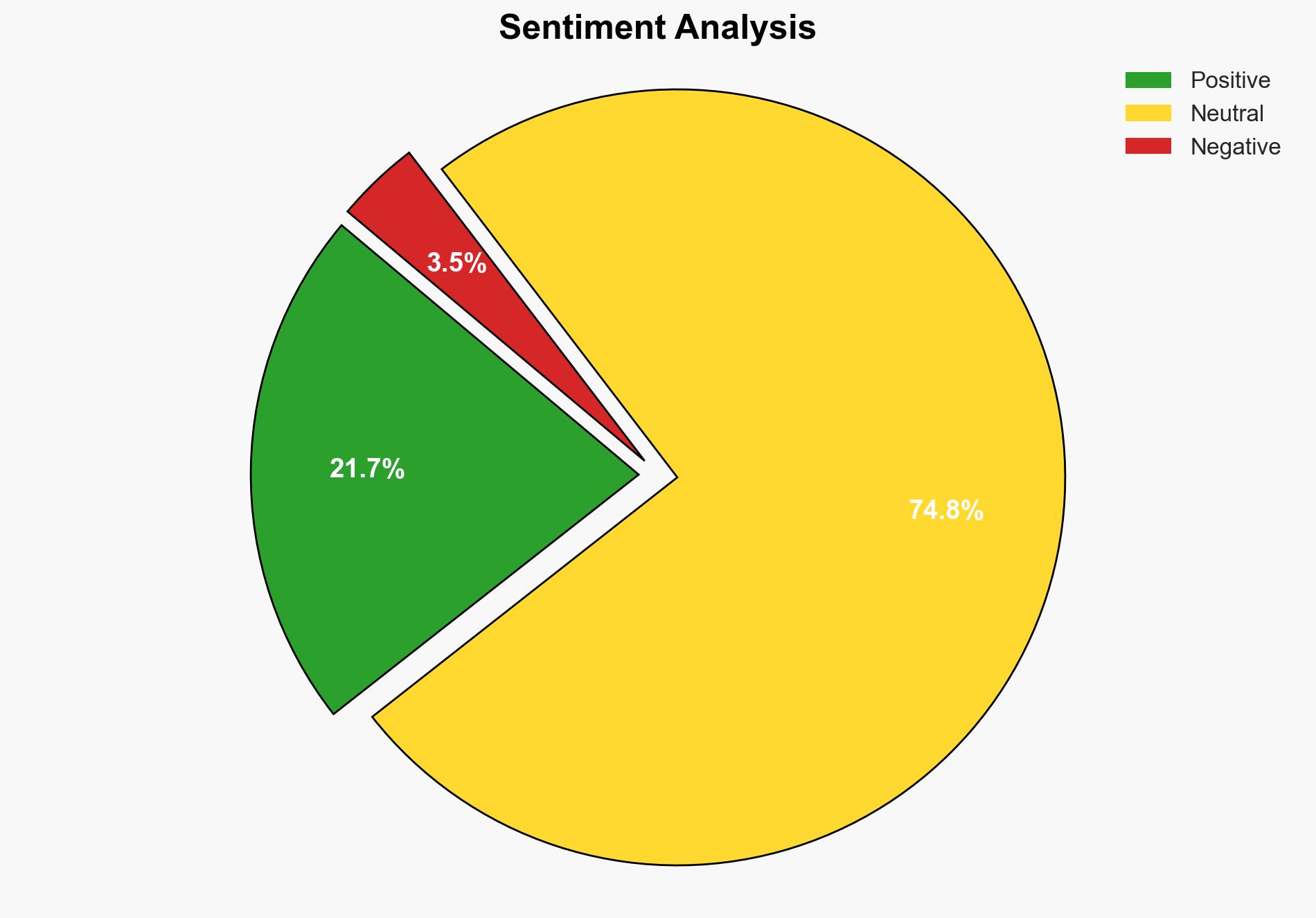Fedora 44 Looking At Replacing FBCON With KMSCON As Default VT Console – Phoronix
Published on: 2025-11-14
AI-powered OSINT brief from verified open sources. Automated NLP signal extraction with human verification. See our Methodology and Why WorldWideWatchers.
Intelligence Report: Fedora 44 Looking At Replacing FBCON With KMSCON As Default VT Console – Phoronix
1. BLUF (Bottom Line Up Front)
The proposal to replace FBCON with KMSCON as the default VT console in Fedora 44 is likely driven by technical advancements and user experience improvements. The most supported hypothesis is that this change aims to modernize the console infrastructure, aligning with current technological standards. Confidence level: Moderate. Recommended action: Monitor the implementation process for potential security and compatibility issues.
2. Competing Hypotheses
Hypothesis 1: The replacement of FBCON with KMSCON is primarily motivated by the need to enhance user experience and technical capabilities, such as improved Unicode handling, keyboard layout support, and security features.
Hypothesis 2: The change is driven by a strategic move to phase out outdated kernel components, reducing maintenance overhead and aligning with modern graphical stack requirements.
Hypothesis 1 is more likely given the detailed benefits outlined by Jocelyn Falempe, including enhanced configurability and security features, which suggest a focus on user-centric improvements.
3. Key Assumptions and Red Flags
Assumptions: It is assumed that KMSCON will be fully compatible with existing Fedora installations and that the transition will not introduce significant disruptions. Additionally, it is assumed that the technical community supports this change.
Red Flags: Potential red flags include the dependency on OpenGL and Mesa, which may not be ideal for non-graphical server installations. There is also a risk of unforeseen compatibility issues during the transition.
4. Implications and Strategic Risks
The transition to KMSCON could lead to short-term disruptions if compatibility issues arise, affecting users who rely on specific FBCON features. There is also a risk of increased cyber vulnerabilities if the new system is not adequately secured. Economically, the change could result in increased costs for organizations needing to update their systems or retrain staff.
5. Recommendations and Outlook
- Conduct thorough testing of KMSCON in various environments to identify and mitigate potential compatibility and security issues.
- Engage with the Fedora community to gather feedback and address concerns proactively.
- Best-case scenario: The transition to KMSCON is smooth, resulting in improved user experience and reduced maintenance costs.
- Worst-case scenario: Significant compatibility issues lead to disruptions, increased costs, and potential security vulnerabilities.
- Most-likely scenario: Minor issues arise during the transition, but they are resolved through community collaboration and updates.
6. Key Individuals and Entities
Jocelyn Falempe (Red Hat)
7. Thematic Tags
Cybersecurity, Software Development, Linux, Fedora, System Administration
Structured Analytic Techniques Applied
- Adversarial Threat Simulation: Model and simulate actions of cyber adversaries to anticipate vulnerabilities and improve resilience.
- Indicators Development: Detect and monitor behavioral or technical anomalies across systems for early threat detection.
- Bayesian Scenario Modeling: Quantify uncertainty and predict cyberattack pathways using probabilistic inference.
Explore more:
Cybersecurity Briefs ·
Daily Summary ·
Support us
·





